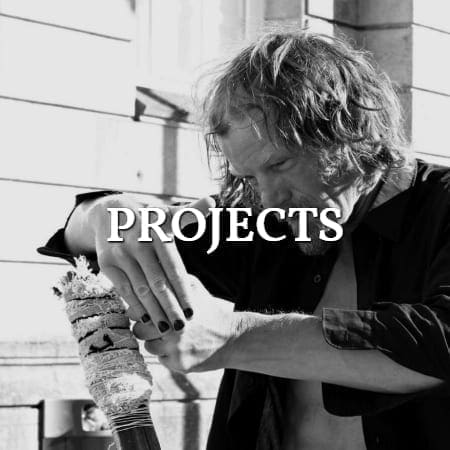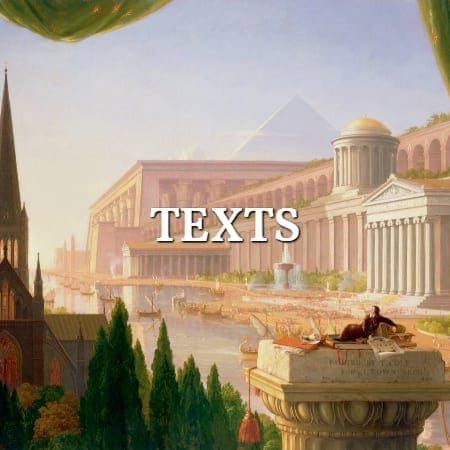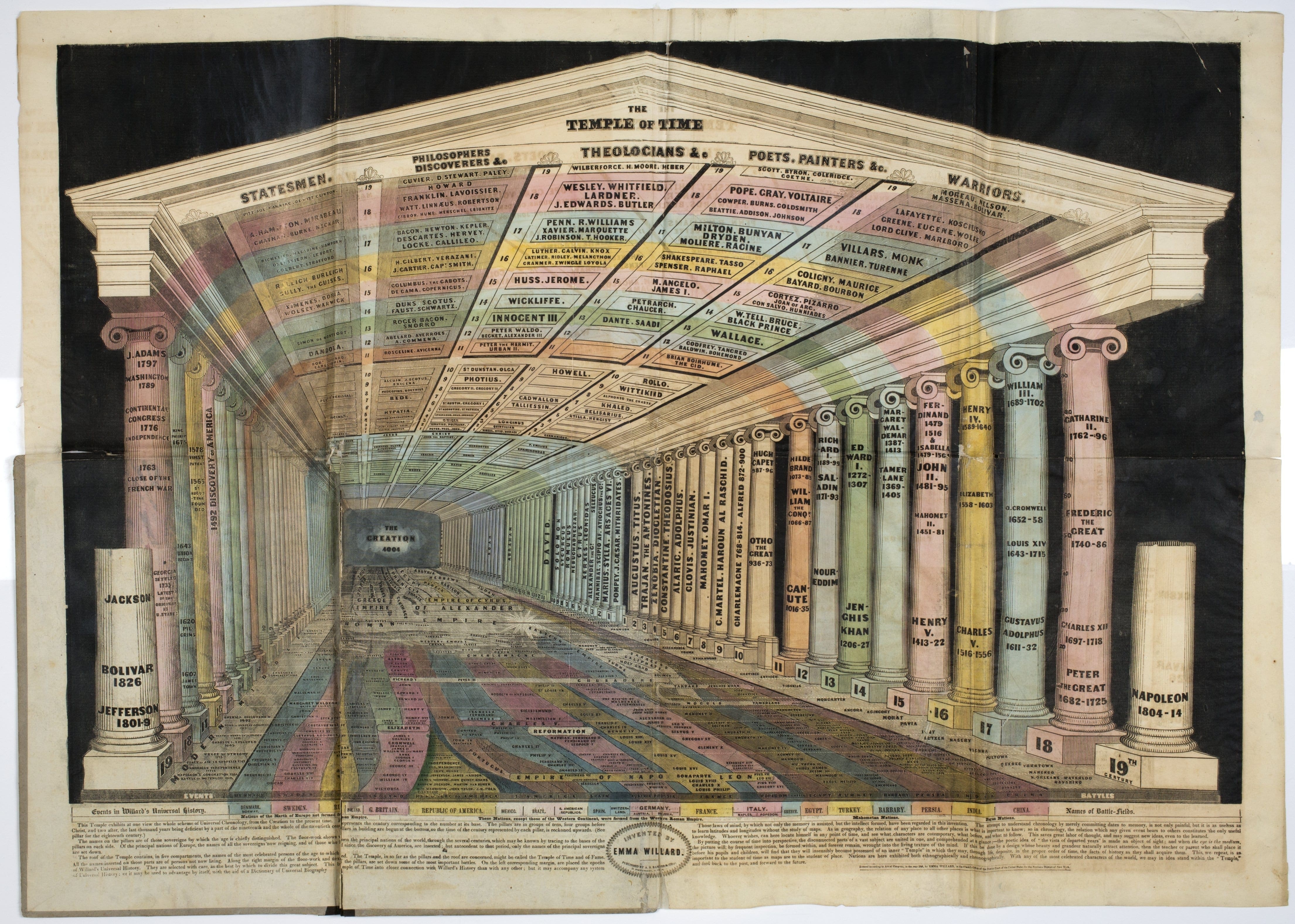In search of the European Identity
Mnemosyne is a ten-year, pan-European and civic project. It offers a new way to consider exhibitions, memory policy and culture at a time of the greatest threats since the Second World War. Mnemosyne derives its name from the Greek goddess of memory, mother of the nine muses. The word memory also stems from her name.
The basic assumption of the civic project is that without (shared) memory, no stable, integrative and pluralistic identity can be formed. This applies to each individual, as well as to collectives, states and complexes* such as the European Union. Just as talking about oneself reveals a person‘s identity, communities likewise create their identity by means of narratives. This occurs through memories with a national, or, in the particular case of Europe, a pan-European reference. Europe lacks these broad, common, positive narratives.


Prof. Dr. Aleida Assmann & Prof. Dr. em. Jan Assmann
Download: Temple of Time by Emma Willard, 1851
Initially launched in 2014 as an exhibition project, Mnemosyne has become a nexus for the most diverse protagonists. Among these are universities, NGOs with a broad range of commitments from disseminating* human rights to sustainable urban renewal, technology companies, journalists, partner museums, collections and schools.
Mnemosyne, as a multimedia exhibition, research and mediation project reaches out to every citizen in Europe and beyond. It has embarked on a search for ideas, figures and stories concerning a common European self-image, which recognises the differences of the various national states and can vault over them. In other words, it is an invitation for people to identify with Europe and its culture and joyfully exclaim: "Yes, I’m a European! Yes, I can gladly identify with these values and with this community!"
In this sense, the Mnemosyne project follows a historical-political aim.










